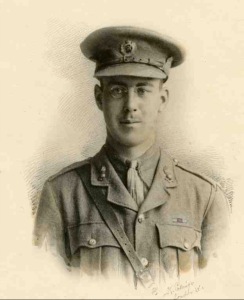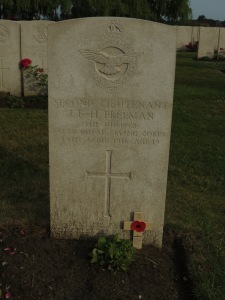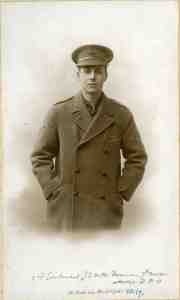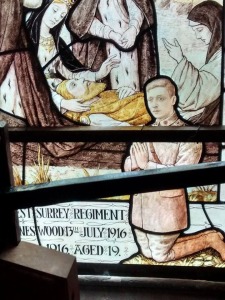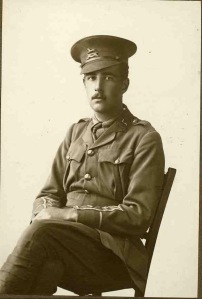Today we remember …
| 15th June 1918
Edward Monson, MC, E Social 1912. Lt, 331st Brigade, Royal Field Artillery. Died of wounds received near Béthune He was a member of Radley’s earliest Rugby team in 1914. He passed in Woolwich in 1916 and was a Lt. in R.F.A. He went to France in Feb., 1918, and fought all through the Somme retreat, back to Amiens. He and another officer volunteered to take their guns into the infantry line, where they stayed for twelve hours. For this he gained the Military Cross. On the 29th he was gassed. His last action was on the night of June 14-15, when he was wounded by the explosion of a shell, which penetrated his steel helmet. He never recovered consciousness, and died on June 15. He had evidently made his mark in the Battery, both as a brave officer and a keen sportsman. Citation for the Military Cross. This officer volunteered for special service, he and another officer at dawn taking two guns in front of the infantry line without escort and engaging the enemy, bringing back the limbers for more ammunition, and using it up. This action checked the enemy advance and afforded time for the withdrawal of the infantry. Aged 20 |







